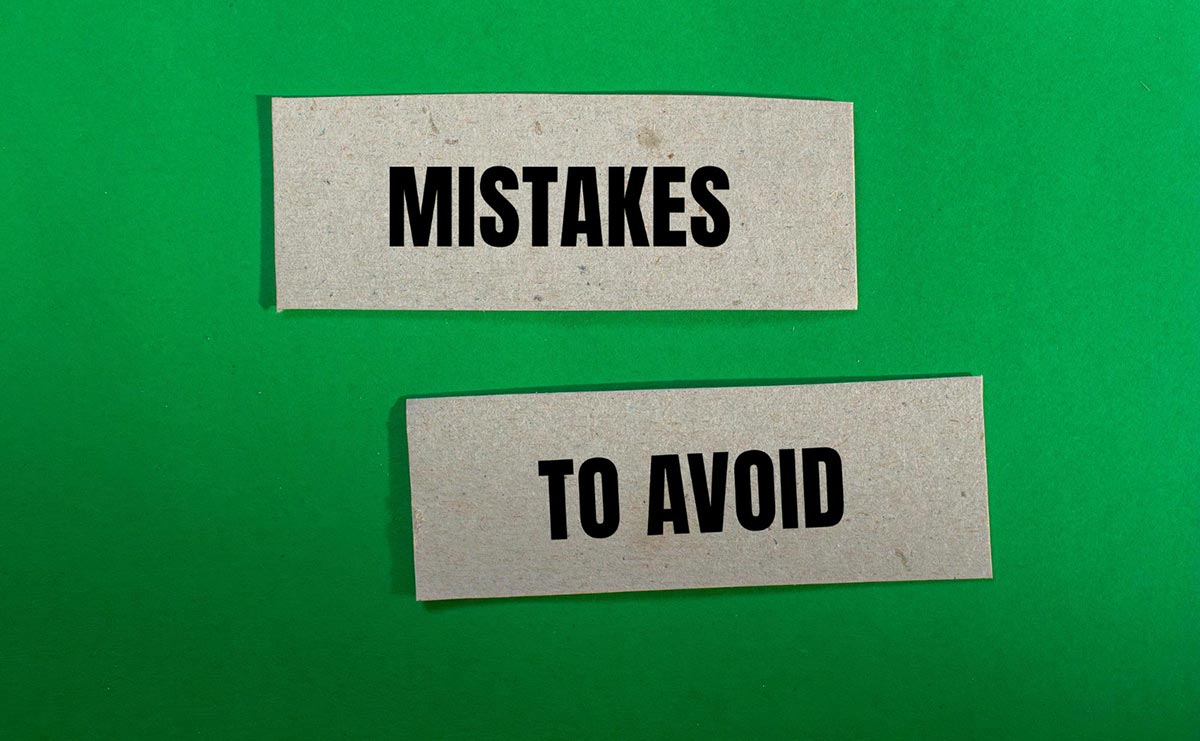FSRA | SABS Forms – Disability Certificate (OCF-3)
Disability Certificate (OCF-3) – SABS
The Disability Certificate (OCF-3) form is a standardized document used in Ontario for accidents occurring on or after November 1, 1996. The Disability Certificate form is essential for the process of claiming insurance benefits following an automobile accident. The OCF-3 form is used to document accident-related injuries and disabilities, facilitating the insurance claims process for accident victims. This form must be completed accurately and thoroughly to ensure that the insurance company has all the necessary information to process the claim and determine the applicant’s eligibility for benefits.
Follow these steps to ensure the form is filled out correctly and completely.
Part 1: Applicant Information
- Date of Birth: Enter your date of birth in YYYYMMDD format.
- Gender: Check the appropriate box for Male or Female.
- Telephone Number: Provide your contact number, including any extension if applicable.
- Name: Fill in your last name, first name, and middle name.
- Email: Optionally, include your email address.
- Address: Enter your full address, including city, province, and postal code.
- Employment Status: Indicate whether you are currently working. If not, provide the last date you worked.
- Work Status at Time of Accident: State whether you were working at the time of the accident and describe your job.
- Work History: Confirm if you worked at least 26 weeks of the previous 52 weeks before the accident or received Employment Insurance during that time.
- Primary Caregiver: Indicate if you were the primary caregiver for someone you lived with at the time of the accident.
- Education Program: State if you were enrolled in an education program at the time of the accident.
Part 2: Insurance Company Information
- Insurance Company Name: Enter the name of your insurance company.
- Branch Office: If applicable, provide the city or town of the branch office.
- Insurance Company Representative: Fill in the name of the representative handling your claim.
- Contact Information: Include the representative’s email, telephone, and fax numbers.
- Policy Holder Information: Indicate if the policyholder’s name is the same as the applicant’s. If not, provide the policyholder’s last and first names.
Part 3: Accident Description
- Accident Details: Provide a brief description of the accident and the injuries you sustained.
- Additional Sheets: If needed, attach additional sheets with more information.
Part 4: Applicant Signature
- Authorization: By signing, you authorize your health practitioner to collect, use, and disclose relevant health information to your insurer.
- Certification: Certify that the information provided is true and correct, acknowledging the legal implications of providing false information.
- Signature: Sign and date the form.
Part 5: Injury and Sequelae Information (Health Practitioner)
- Description and Codes: The health practitioner lists and codes any injuries and sequelae resulting from the accident.
Part 6: Disability Tests and Information (Health Practitioner)
- Symptom Dates: Provide dates for when symptoms first appeared, the most recent examination, and the first post-accident examination.
- Employment Ability: Assess if the applicant is substantially unable to perform essential tasks of their employment within 104 weeks of the accident.
- Modified Work: Indicate if the applicant can return to work with modified hours or duties.
- Inability to Carry on Normal Life: Determine if the applicant is unable to engage in normal activities.
- Primary Caregiver: Assess if the applicant is substantially unable to engage in caregiving activities.
- Education Program: Indicate if the applicant cannot continue their education program.
- Housekeeping and Home Maintenance: Determine if the applicant is unable to perform housekeeping and home maintenance tasks.
- Duration of Disability: Estimate the duration of the disability and explain if it is likely to persist beyond 12 weeks.
Part 7: Further Investigations or Consultations (Health Practitioner)
- Examinations: Note any examinations, investigations, or consultations conducted or required.
Part 8: Prior and Concurrent Conditions (Health Practitioner)
- Pre-existing Conditions: Identify any conditions affecting the applicant’s abilities before the accident.
- Current Conditions: Note any conditions developed after the accident that could affect the applicant’s disability.
Part 9: Medications (Health Practitioner)
- Current Medications: List medications related to the accident and any prior conditions, including dosage and frequency.
Part 10: Health Practitioner Signature
- Practitioner Information: Provide the health practitioner’s name, registration number, facility name, and contact information.
- Certification: The health practitioner certifies the information is true and correct.
- Signature: The health practitioner signs and dates the form.
Tips
- Accuracy: Ensure all information is accurate and complete.
- Clarity: Print clearly to avoid any misinterpretations.
- Consult: If you have any questions, consult with your health practitioner or insurance representative for guidance.
This guide should help you navigate the OCF-3 form effectively.
Disclaimer: This guide is provided for informational purposes only and is not intended as legal advice. You should consult the Residential Tenancies Act or a legal professional.




